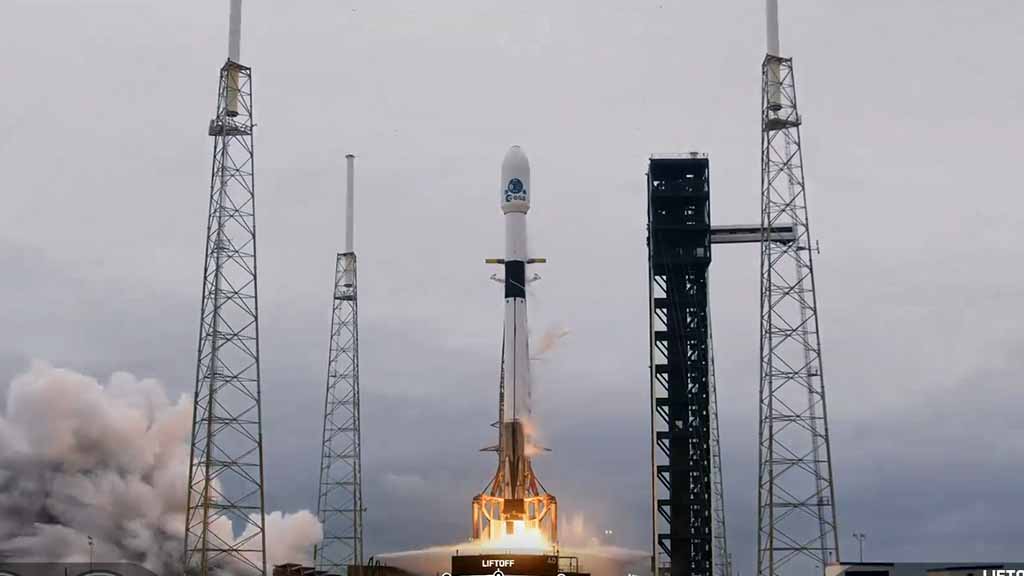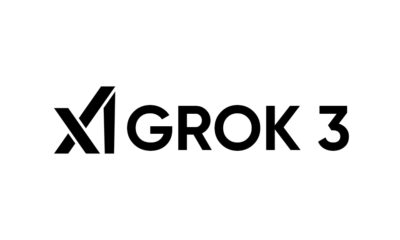SpaceX
SpaceX launches Hera spacecraft as Falcon 9 makes a temporary return

On October 7, 2024, SpaceX launched the European Space Agency’s (ESA) Hera spacecraft into space with the Falcon 9 rocket.
The mission lifted off from Space Launch Complex 30 at Cape Canaveral Space Force Station in Florida. This temporary launch permit was allowed by the FAA after a recent second-stage anomaly occurred post-Crew-9 deployment.
An investigation on this matter is underway and Falcon 9 will have to wait for full-fledged mission return until the cause for the issue is found.
Liftoff of @ESA’s Hera! pic.twitter.com/mMoNPzX0b6
— SpaceX (@SpaceX) October 7, 2024
This mission was the 23rd and final flight for the booster, which previously launched Crew-1, Crew-2, SXM-9, CRS-23, IXPE, Transporter-4, Transporter-5, Globalstar GM15, ISI EROS C-3, Korea 425, Maxar 1, ASBM and 10 Starlink missions.
Following the stage separation, the first stage returns to the landing zone.
Hera
Named after the Greek goddess of marriage, Hera will be one of the first spacecraft to rendezvous with a binary asteroid system. It will travel to a binary asteroid system asteroid system, a Didymos pair of near-Earth asteroids. It has a 780-meter diameter mountain-size body along with its 160-meter moon.
ESA developed Hera under planetary defense. Its primary objective is to investigate the impact of NASA’s Double Asteroid Redirection Test (DART) mission spacecraft on the Dimosphos asteroid.
It includes the first assessment of internal properties and follow-up on the progress made by the Dart mission. The spacecraft will reach Didymos in 2026 and gather scientific data to understand asteroid composition and structures.
The spacecraft has scientific instruments along with two CubeSat passengers. It will assess the effectiveness of the asteroid’s deflection and record as much scientific data as possible. These will be transmitted back to Earth to provide new information.












